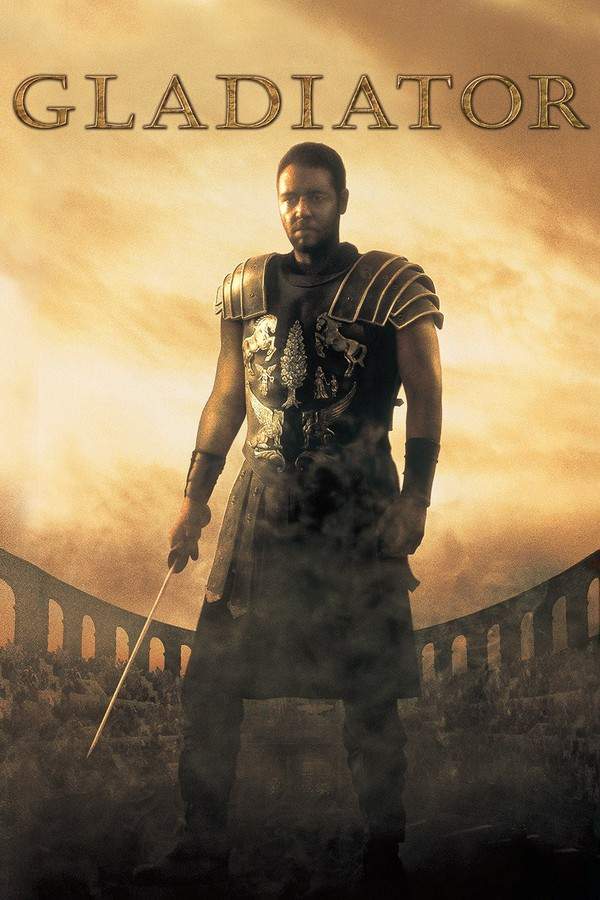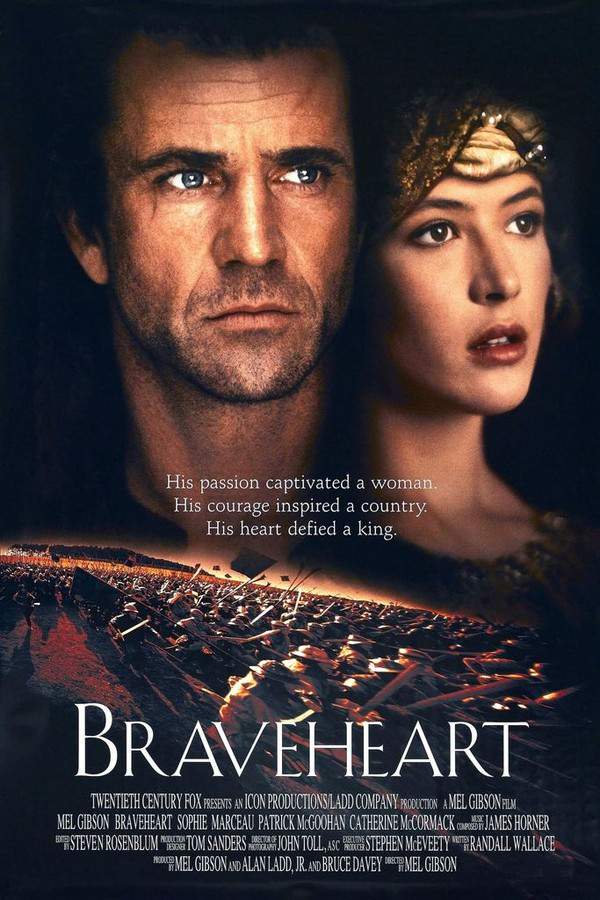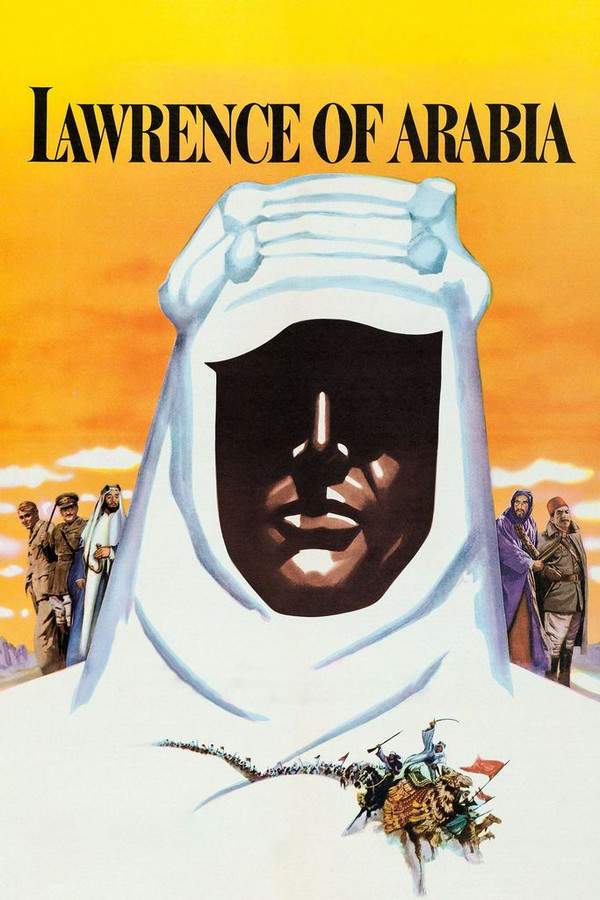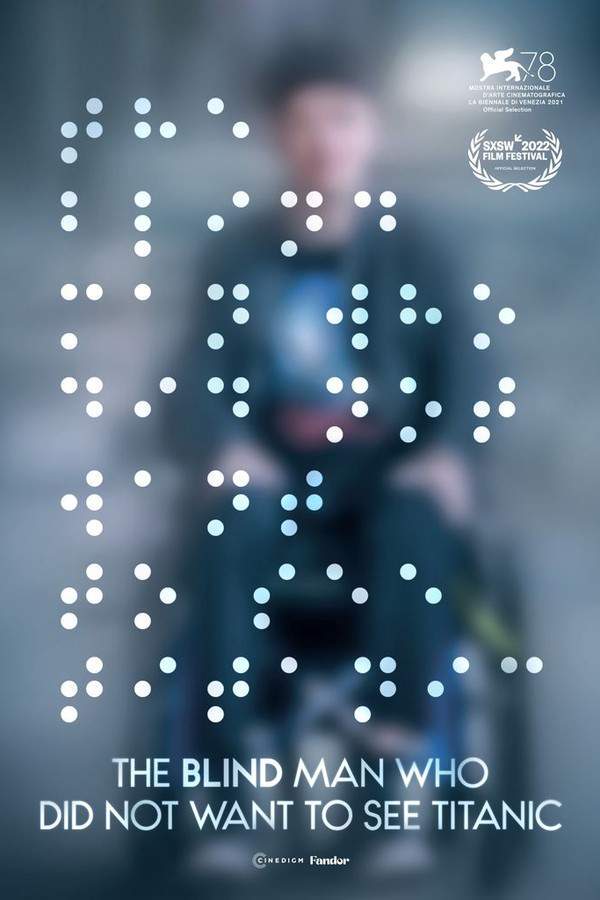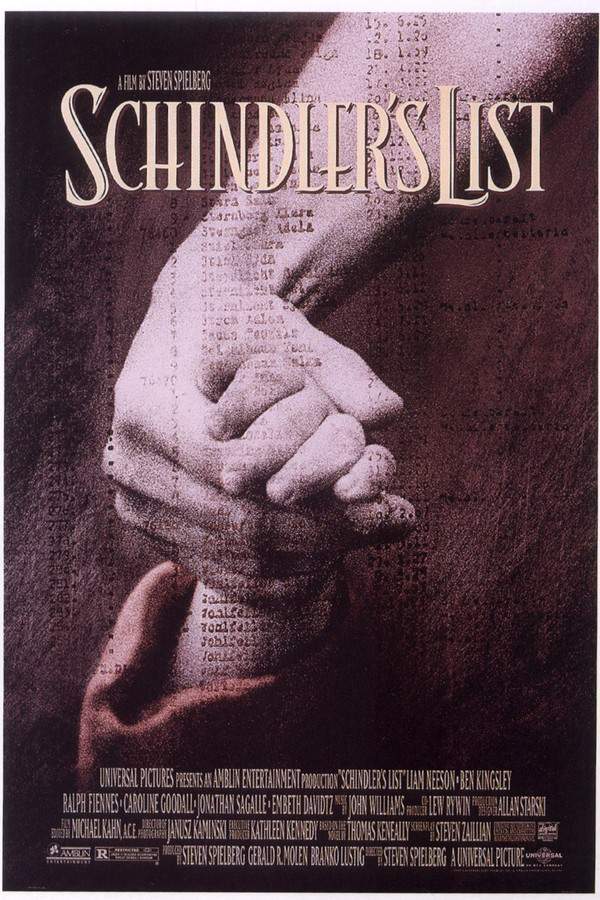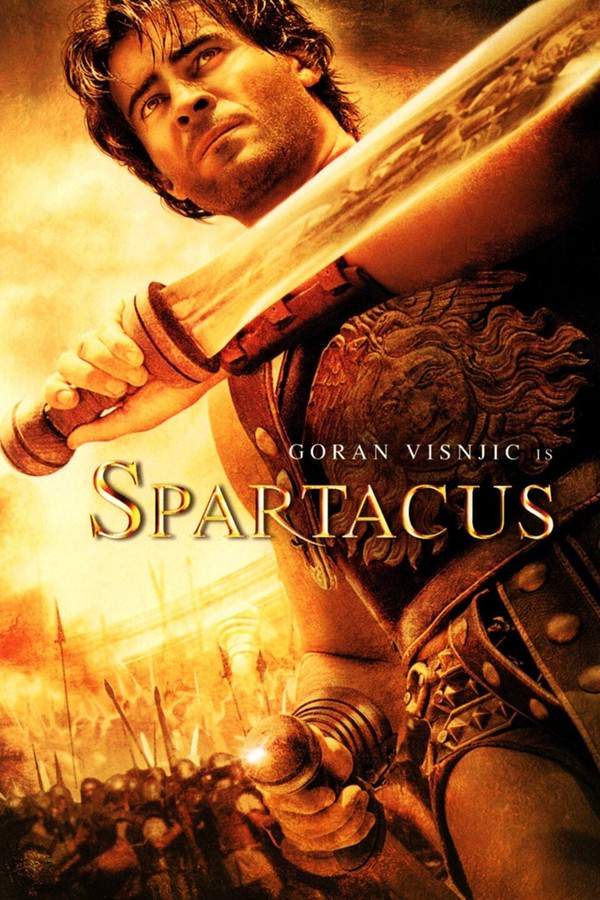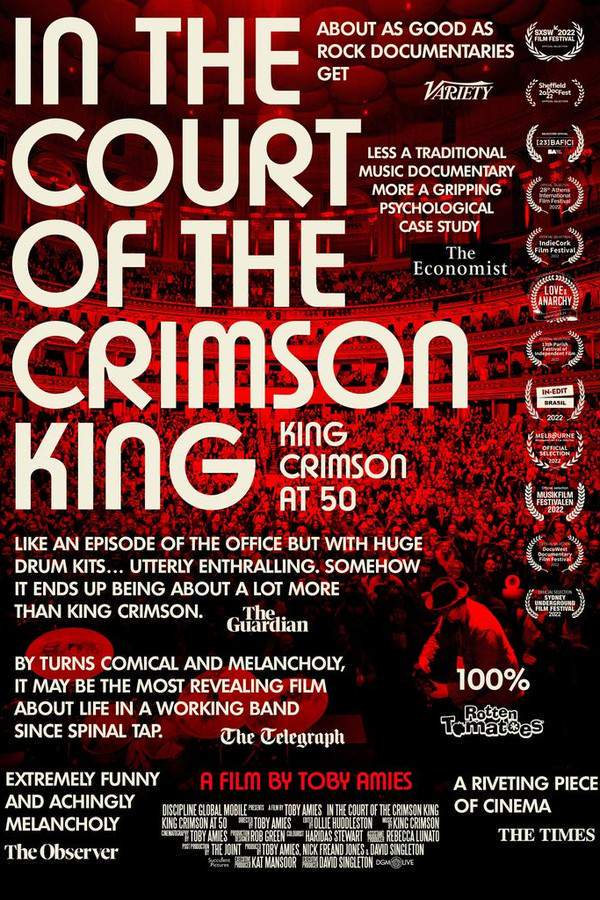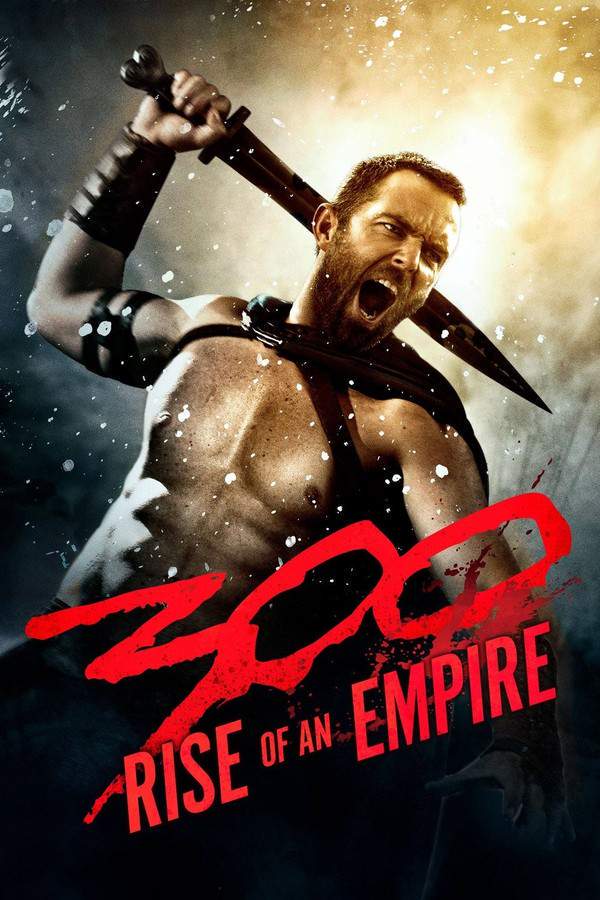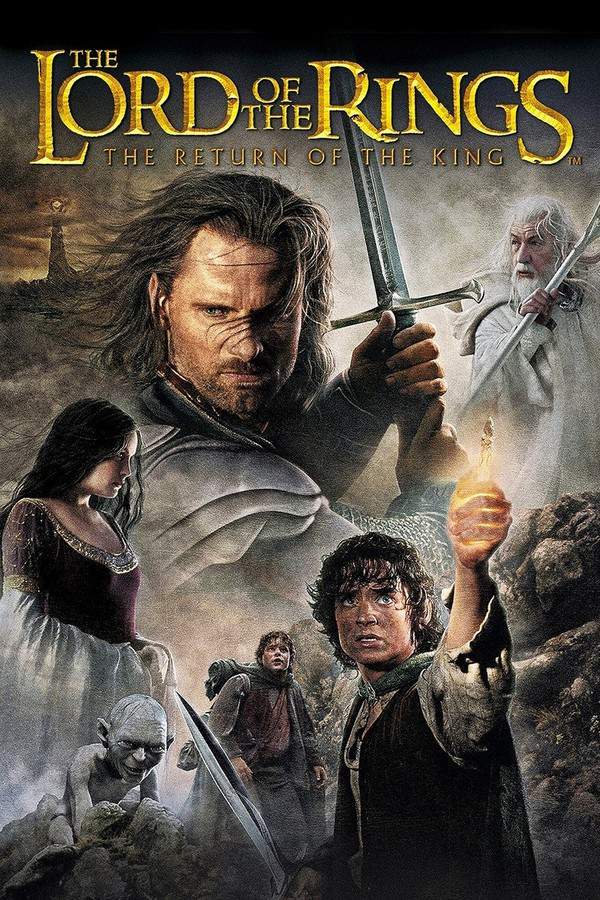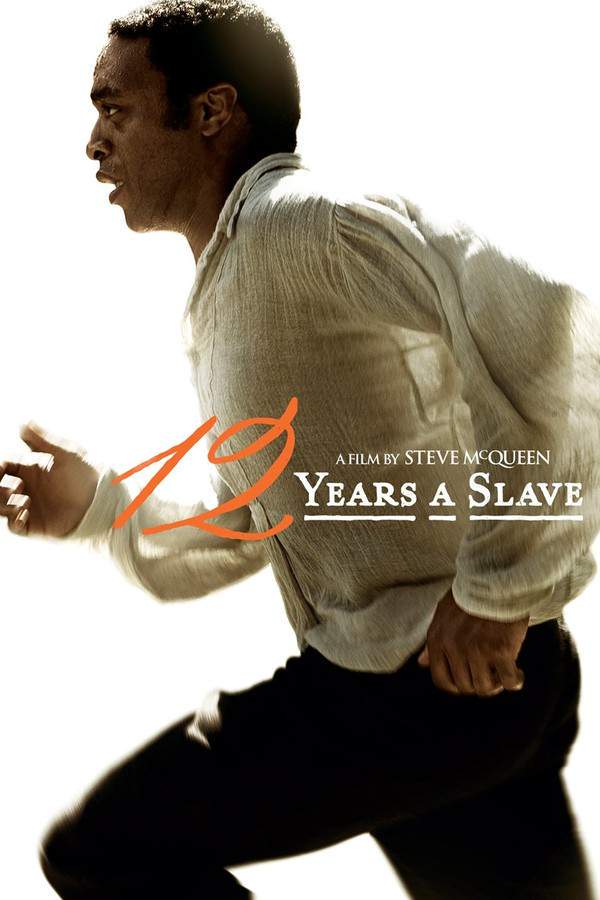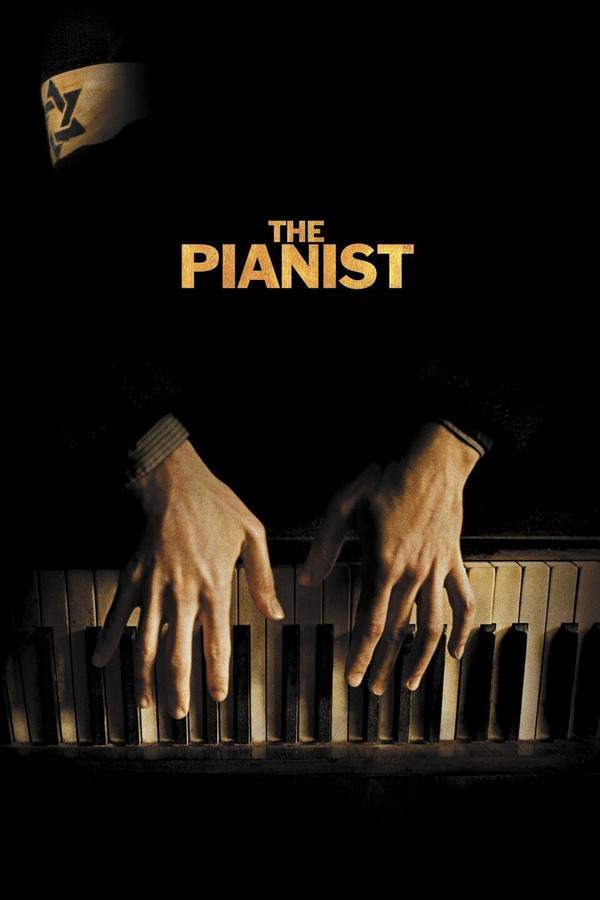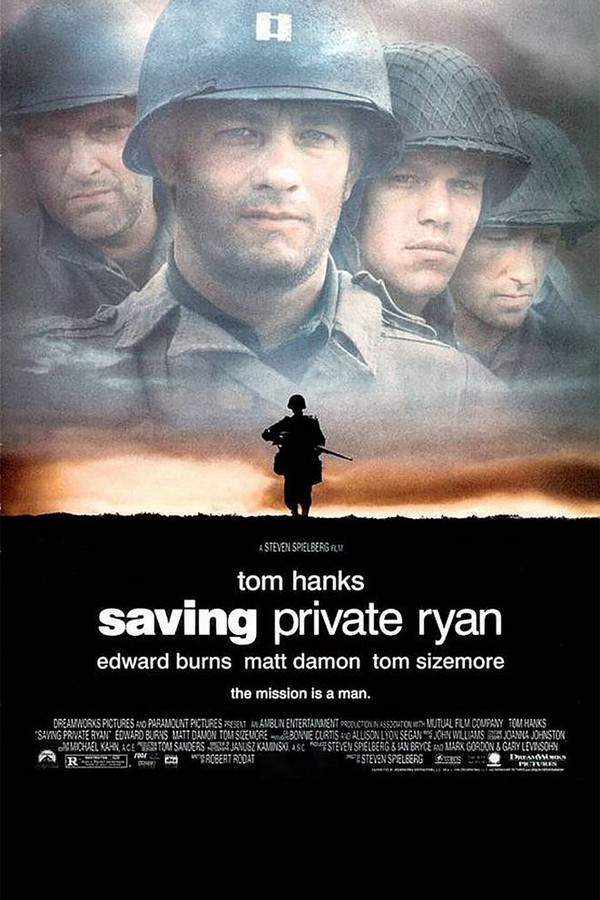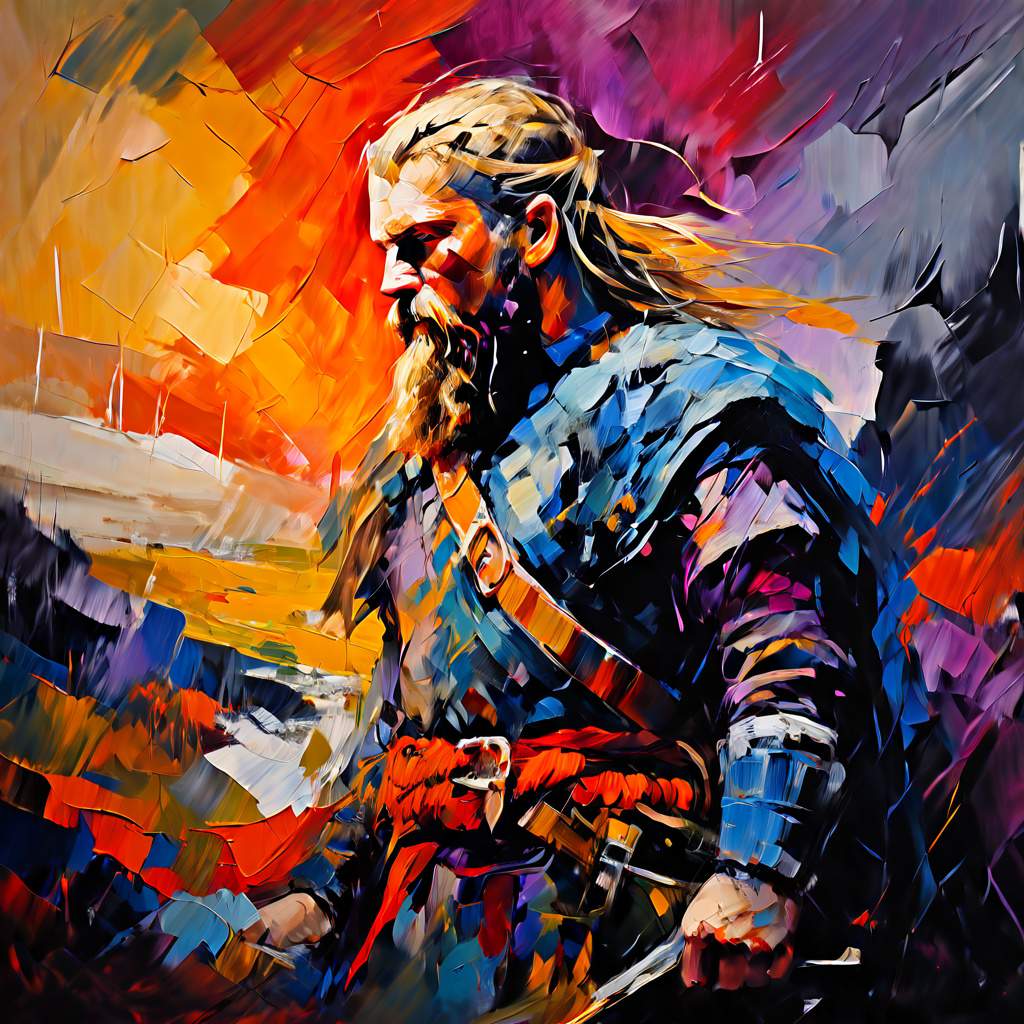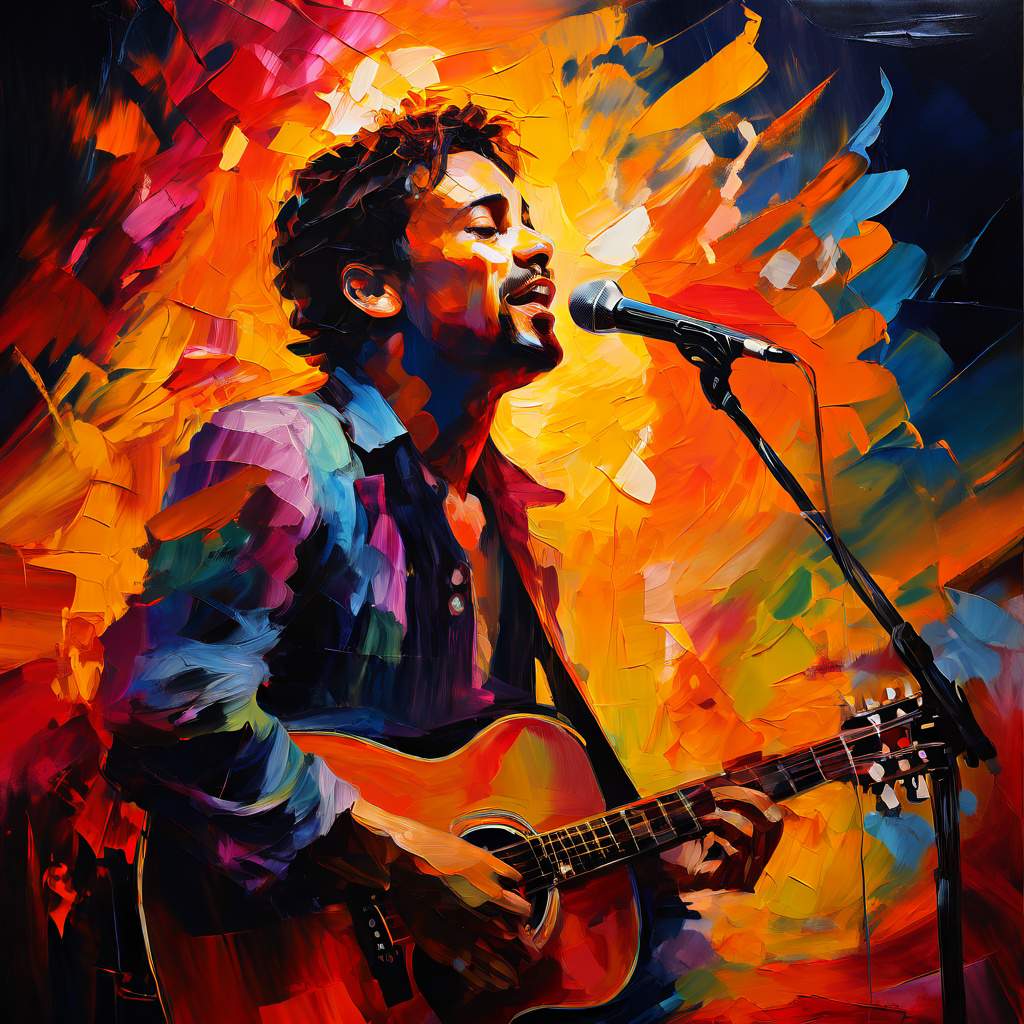What's After the Blog?
History • Cinema
The Renaissance of Historical Epics in Modern Film
Delve into the resurgence of historical epics in modern cinema, exploring their cultural impact, technological advancements, and the art of storytelling that brings history to life on screen.
August 19, 2024

Movies mentioned in this article
The Renaissance of Historical Epics in Modern Film
Introduction
The landscape of modern cinema has witnessed a remarkable resurgence in the genre of historical epics, a category of filmmaking that blends grand storytelling with a depiction of significant events or periods in history. This revival brings with it a renewed interest in exploring and dramatizing monumental historical moments, often on a grand scale. Such films are characterized by their vast scope, intricate set designs, elaborate costumes, and often, a keen focus on a particular historical figure or event. They offer audiences a cinematic journey through time, providing a visually stunning and emotionally powerful portrayal of the past. From the ancient world depicted in Gladiator to the medieval battlefields of Braveheart, these films have redefined what it means to bring history to life on the silver screen. As a platform for movie enthusiasts, ATM (What’s After the Movie) recognizes the significance of this genre, offering insights and details that enhance the viewing experience of such epic narratives.
Defining the Historical Epic
The term ‘historical epic’ in cinema is used to describe films that portray historical events or periods, often with a focus on authenticity, scale, and spectacle. These films are distinguished by their large scale, both in terms of production and narrative. They typically feature large casts, extravagant sets, and a scope that often includes massive battle scenes or elaborate depictions of historical events. Key elements of a historical epic include a focus on a historical or legendary figure, an emphasis on heroism and morality, and a portrayal of the human struggle against a backdrop of significant historical events.
The allure of these films lies in their ability to transport audiences to another time and place, offering a glimpse into worlds that are at once foreign and familiar. They serve as a bridge between the present and the past, providing a cinematic lens through which we can view and understand historical events and figures. Films like Ben-Hur and Lawrence of Arabia not only entertain but educate, offering insights into different cultures and eras.
Furthermore, the historical epic often intertwines personal stories with larger societal or historical events, adding a human element to the grandeur and spectacle. For example, Titanic, while set against the backdrop of one of the most infamous disasters in history, is as much a personal story of love and loss as it is a historical drama. Similarly, Schindler’s List tells a profoundly personal story set against the horror of the Holocaust, making the historical events more relatable and impactful to the audience.
In essence, historical epics are a blend of entertainment, art, and history lesson, wrapped in a package of grand cinematic storytelling. They are films that not only depict the past but also reflect the present, offering insights into the human condition and the complexities of history.
The Evolution of Historical Epics
The journey of historical epics in cinema is a fascinating evolution of storytelling, technology, and artistic expression. In the early days of film, historical epics were grandiose spectacles with films like Intolerance, setting the stage for what was possible in terms of scale and scope. However, it was in the mid-20th century that this genre truly flourished, with iconic films such as Spartacus and Cleopatra. These movies not only showcased the might of empires and the exploits of legendary figures but also pushed the boundaries of filmmaking with vast sets, thousands of extras, and lavish costumes.
The advent of new technologies brought a significant transformation to the genre. The use of CGI and advanced visual effects has allowed filmmakers to create more immersive and realistic worlds. Movies like Gladiator and Troy benefitted immensely from these advancements, enabling them to depict ancient worlds with an unprecedented level of detail and authenticity. The use of digital effects has also made it possible to bring epic battles and historic events to life with a realism that was previously unattainable.
In recent years, historical epics have continued to evolve, embracing not just technological advancements but also a more nuanced approach to storytelling. Modern epics like Braveheart and The King focus on the human aspect of history, exploring the complexities of their characters and the moral dilemmas they face. This shift towards character-driven narratives adds depth to the spectacle, making these films resonate more profoundly with contemporary audiences.
”Why Have Historical Epics Regained Popularity?”
The resurgence of historical epics in modern cinema can be attributed to several factors. Firstly, there is a growing appetite among audiences for films that offer an escape into different worlds and times. Historical epics provide a perfect blend of escapism and realism, transporting viewers to bygone eras and immersing them in the grandeur of the past.
Another factor is the global appeal of these films. Historical epics often feature universal themes of heroism, struggle, and triumph that resonate across cultures. Films like 300, with its stylized portrayal of the ancient Battle of Thermopylae, have found fans around the world, proving that these stories can captivate a diverse global audience.
Furthermore, the advancements in filmmaking technology have played a crucial role. Modern CGI and visual effects have enabled filmmakers to depict historical events with stunning accuracy and scale. This has made historical epics more appealing, as they can now offer a more visceral and engaging cinematic experience.
Lastly, the rise of streaming platforms has contributed to the genre’s popularity. These platforms have broadened the reach of historical epics, making them accessible to a wider audience. Additionally, the ability to produce high-quality content for streaming services has opened new avenues for filmmakers to explore historical narratives that might have been too niche for traditional cinema release.
In summary, the combination of technological advancements, global appeal, and the growing demand for immersive cinematic experiences has led to the renaissance of historical epics in modern film.
Key Films and Filmmakers in the Renaissance
The renaissance of historical epics has been shaped by a number of key films and filmmakers who have redefined the genre. Ridley Scott’s Gladiator, released in 2000, marked a turning point for modern historical epics. Its success revitalized interest in the genre, proving that audiences were still captivated by stories set in ancient times. The film’s combination of gripping storytelling, cutting-edge special effects, and meticulous attention to historical detail set a new standard for what a historical epic could achieve.
Another landmark film is Braveheart, directed by and starring Mel Gibson. Its portrayal of William Wallace’s struggle for Scottish independence was not only a cinematic triumph but also a cultural phenomenon. The film’s raw and realistic depiction of medieval warfare, coupled with a powerful narrative, resonated deeply with audiences and critics alike.
More recently, filmmakers like Peter Jackson with his adaptation of The Lord of the Rings trilogy, although not strictly historical, have continued to push the boundaries of the epic genre. The trilogy’s grand scale, combined with groundbreaking visual effects and a deep respect for source material, has had a profound influence on how epic stories are told in cinema.
These films, among others, have played a crucial role in the resurgence of historical epics. They have not only entertained audiences but have also inspired a new generation of filmmakers to explore and reinterpret history through the lens of cinema.
The Art of Storytelling in Historical Epics
At the heart of every historical epic is the art of storytelling. These films are more than just visual spectacles; they are narratives that bring history to life through compelling characters and engaging plots. Modern historical epics have evolved to tell more complex and nuanced stories. Rather than merely glorifying the past, they often explore the moral ambiguities and human complexities of historical figures and events.
One of the key aspects of storytelling in historical epics is character development. Films like The King focus on the inner conflicts and growth of their protagonists, giving audiences a more personal and intimate look at historical figures. This character-driven approach makes the narrative more relatable and impactful, allowing viewers to connect with the story on a deeper level.
Another important aspect is the use of historical accuracy and authenticity to enhance the narrative. While historical epics often take creative liberties, a well-researched and authentically depicted setting can add a layer of credibility and immersion to the story. Films like 12 Years a Slave and Lincoln are notable for their commitment to accurately portraying the periods in which they are set, lending a sense of authenticity and realism to their narratives.
The art of storytelling in historical epics also involves balancing the grandeur and spectacle with the human element. It’s about creating a narrative that is both epic in scale and intimate in detail, one that captures the essence of the period while also telling a timeless story of human struggle and triumph.
”How Do Historical Epics Reflect Contemporary Issues?”
Historical epics, while set in the past, often resonate with contemporary audiences by reflecting current issues and themes. This relevance is achieved by exploring universal human experiences and emotions that transcend time. For instance, films like 12 Years a Slave and The Pianist, though set in distinct historical periods, tackle themes of freedom, oppression, and resilience that are still pertinent today. These films provide a lens through which we can examine and understand the ongoing struggles against injustice and the human capacity for endurance and hope.
Another way historical epics reflect contemporary issues is through their portrayal of leadership, governance, and power. Films such as Braveheart and Gladiator explore the dynamics of power and resistance, themes that remain relevant in today’s political landscape. They challenge viewers to consider the nature of leadership and the impact of political decisions on society.
Furthermore, the resurgence of historical epics has seen an increased focus on diversity and representation. Modern films in this genre are increasingly exploring stories from different cultures and perspectives, offering a more inclusive view of history. This shift not only broadens the appeal of these films but also aligns with contemporary conversations about representation in media.
The Future of Historical Epics
Looking forward, the future of historical epics in cinema appears both promising and evolving. As technology continues to advance, we can expect even more spectacular and immersive depictions of historical worlds. Virtual reality and augmented reality could offer new ways for audiences to experience these stories, making them more interactive and engaging.
In terms of narrative, there is a growing trend towards exploring lesser-known historical events and figures, moving away from the traditional focus on Western history. This diversification is likely to bring fresh perspectives and stories to the forefront, enriching the genre with a wider range of cultural narratives.
Additionally, as global streaming platforms continue to rise, they provide opportunities for historical epics to reach a broader audience. This accessibility could lead to a greater demand for high-quality historical dramas, encouraging more investment and innovation in the genre.
The future of historical epics may also see a deeper integration of historical research and collaboration with historians to ensure accuracy and depth in storytelling. This commitment to authenticity can enhance the educational value of these films, making them not only sources of entertainment but also of learning and insight.
In essence, the renaissance of historical epics in modern film is set to continue, driven by technological advancements, a broader scope of narratives, and an ever-growing interest in exploring and understanding the past through the powerful medium of cinema.
The Cultural Impact of Historical Epics
The cultural impact of historical epics in cinema extends far beyond their entertainment value. These films play a crucial role in shaping public perception and understanding of history, often serving as the primary source of historical knowledge for many viewers. By dramatizing pivotal events and figures, historical epics have the power to influence how audiences view the past. For instance, films like Schindler’s List and Saving Private Ryan have significantly contributed to the collective memory and understanding of World War II. They provide not just a depiction of historical events but also an emotional connection to them, making the past more accessible and relatable.
Furthermore, historical epics often spark discussions and interest in the periods they portray, leading to a renewed interest in history and cultural heritage. They can inspire viewers to learn more about the events and figures depicted, potentially leading to a deeper appreciation of history and its complexities. This educational aspect is a powerful byproduct of the genre, demonstrating cinema’s ability to enlighten and inform while entertaining.
Additionally, the representation of different cultures and perspectives in historical epics can promote cultural understanding and empathy. As the genre continues to diversify and include stories from around the world, it provides a platform for different voices and narratives, enriching the cultural landscape of cinema and fostering a more inclusive understanding of history.
Conclusion
The renaissance of historical epics in modern film represents a convergence of art, technology, and storytelling that continues to captivate audiences worldwide. These films offer more than just a glimpse into the past; they present a vivid, immersive experience that can educate, inspire, and provoke thought. As filmmakers continue to push the boundaries of what can be achieved in this genre, the future of historical epics looks bright, promising more awe-inspiring cinematic journeys through the annals of history.
For movie enthusiasts and history buffs alike, ATM (What’s After the Movie) offers an ideal platform to explore and discover the rich tapestry of historical epics. Whether it’s uncovering the details behind epic battle scenes or exploring the historical accuracy of these films, ATM provides valuable insights that enhance the viewing experience and deepen the appreciation for this enduring genre.
Discover More on What’s After the Movie
We invite you to dive deeper into the fascinating world of cinema with more insightful posts on the What’s After the Movie Blog. From the intricacies of film genres to the hidden stories behind iconic movies, our blog offers a wealth of information for those passionate about the art and history of filmmaking. Join us in exploring the endless wonders of the cinematic universe.
Continue reading

What's After the Movie?
Not sure whether to stay after the credits? Find out!
Explore Our Movie Platform
New Movie Releases (2026)
Famous Movie Actors
Top Film Production Studios
Movie Plot Summaries & Endings
Major Movie Awards & Winners
Best Concert Films & Music Documentaries
Movie Collections and Curated Lists
© 2026 What's After the Movie. All rights reserved.

